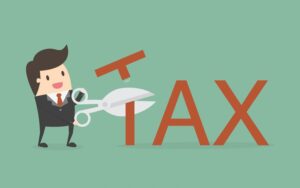What Is GST Return? Meaning, Types & Filing Guide
- 30 Oct 25
- 8 mins
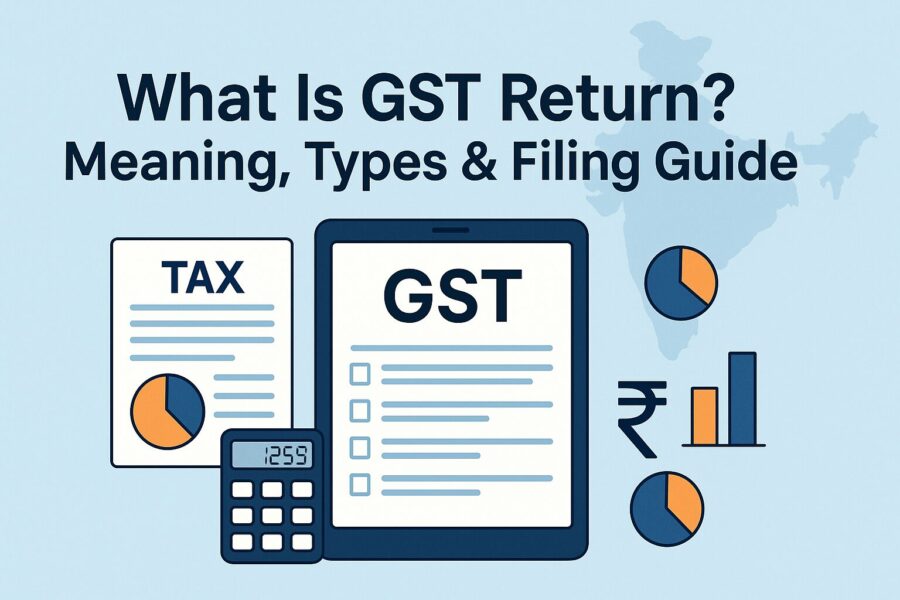
What Is GST Return? Meaning, Types & Filing Guide
Key Takeaways
- Understand what is GST return to ensure timely and accurate tax compliance.
- File your GST return online to report sales, purchases, and claim ITC benefits.
- Know the types of GST returns—GSTR-1, 3B, 9, and others—to stay compliant.
- Avoid penalties by filing your GST returns before the due date every month or quarter.
- Keep your documents ready for GST return filing to ensure smooth processing.
Since the introduction of the Goods and Services Tax Act in 2017, all taxpaying businesses in India are required to file GST returns based on their registration type. These returns help report sales, purchases, tax collected and tax paid.
To streamline GST compliance and bring discipline to the system, a notification issued in June 2025 states that taxpayers will not be permitted to file any pending GST returns once 3 years have passed from their original due date.
Thus, it is important to understand what is GST return and stay updated with the applicable deadlines.
What is a GST Return?
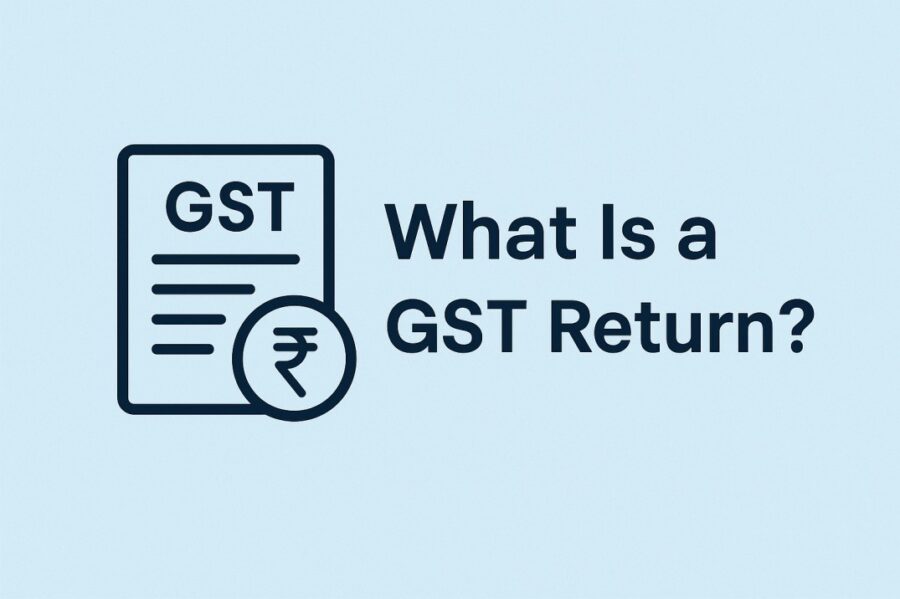
A GST return is an official document containing details of purchases, tax collected on purchases (input tax), sales and tax collected on sales (output tax). This document ensures compliance with Indian tax regulations.
Businesses need to file GST returns to report purchases and sales accurately. Further, they can raise input tax credit (ITC) claims to offset their outward tax liability and reduce their tax burden. Based on the details of payments and receipts mentioned on GST returns, the authorities calculate the tax liability of a business.
If you are a GST-registered business, you need to file the following details in GST returns:
● Total sales
● Output GST paid by customers
● Total purchases
● Input Tax Credit paid by businesses as GST
Eligibility to File GST Returns
If you are an individual or entity supplying goods or services, under the GST Act, with an annual turnover more than the threshold limit, you need to file GST returns. The threshold is set at ₹40 lakh in the case of goods supplied and ₹20 lakh for the supply of services.
Here are the categories of individuals or entities who need to file GST returns:
● Regular businesses
● If you are a business registered under the Composition Scheme of GST
● In case there are amendments needed to already filed GST returns
● Auto-drafted system-generated returns
● If the tax authorities issue a tax notice
Notably, if there are no transactions during a tax period, you need to file nil returns for tax compliance.
Types of GST Returns
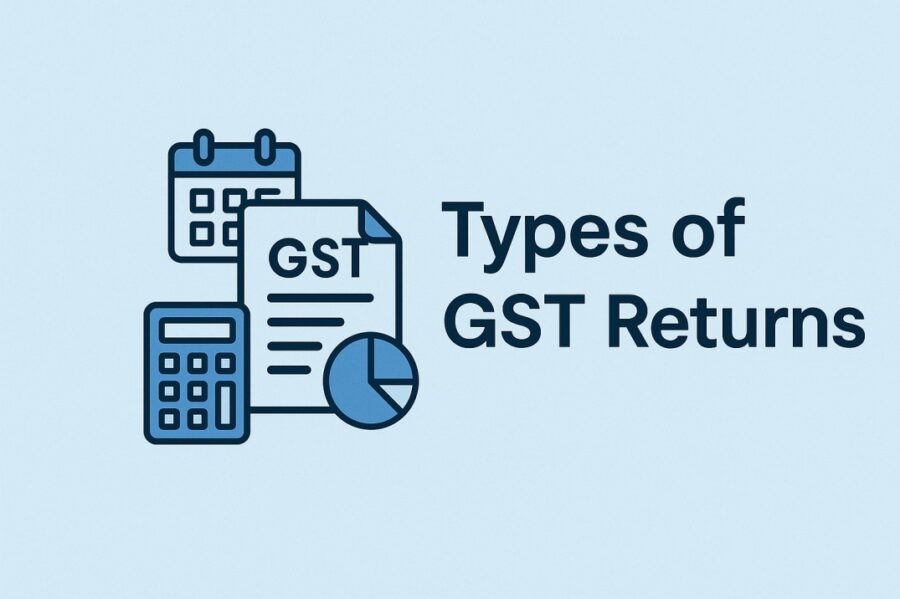
Different GST returns need to be filed for various purposes as follows:
| Return Type | Inclusions |
| GSTR-1 | Details of taxable goods and services (outward supplies) |
| GSTR-2 | Information about taxable goods and supplies (inward supplies), including ITC (Input Tax Credit) claims |
| GSTR-3 | Details of monthly returns and total tax payable |
| GSTR-4 | Information about quarterly return filing and compounded tax liabilities of specific persons |
| GSTR-5 | GST returns for non-resident individuals |
| GSTR-6 | GST returns for input service distributors |
| GSTR-7 | GST returns for TDS (Tax Deducted at Source) deductors |
| GSTR-8 | Supply details for e-commerce operators, followed by the collected tax amount under Sub-Section 52 |
| GSTR-9 | Annual return filing form |
| GSTR-9A | Annual return filing form relative to compounding taxable individuals under Section 10 |
Process to File GST Returns Online
Here are the simple steps to file GST returns online:
- Register for GSTIN (Goods and Services Tax Identification Number) to receive a 15-digit number based on your PAN card details (GST Registration).
- Log in to your account on the unified GST portal using valid user credentials.
- Navigate to the ‘Services’ option and click on ‘Returns dashboard’.
- Choose the financial year and the return filing period from the drop-down list.
- Select the type of return and ‘Prepare Online’.
- Fill in the necessary information, followed by pending late fees, if any.
- Check the return status. Ensure it reflects ‘Submitted’.
- Click on ‘Payment of Tax’ to proceed. Check your credit and cash balance prior to making the payment.
- Select ‘Offset Liability’ using the credit or cash balance.
- Proceed by selecting 'File Form with DSC' or 'File Form with EVC' based on your convenience. DSC is a Digital Signature Certificate, and EVC is an Electronic Verification Code. Ensure you select relevant checkboxes before you proceed to DSC or EVC.
Due Date for Filing GST Returns
The due dates of different types of GSTR vary as follows:
| Type of GSTR | Due Date for Filing Returns | Frequency of Filing |
| GSTR-1 | 11th of the following month | Monthly |
| GSTR-2A | Suspended | Auto-drafted |
| GSTR-3B | 20th of the following month | Monthly |
| GSTR-4 | 18th of the month after the concerned quarter | Quarterly |
| GSTR-5 | 20th of the following month | Monthly |
| GSTR-6 | 13th of the following month | Monthly |
| GSTR-7 | 10th of the following month | Monthly |
| GSTR-8 | 10th of the month following the tax period | Monthly |
| GSTR-9 | 31st December of the following financial year | Annual |
| GSTR-9C | 31st December of the financial year following the tax period | Annual |
| GSTR-10 | Within 3 months of the date of cancellation or order, whichever is later | Once |
| GSTR-11 | 28th of the following month | Monthly |
Penalty, Late Fee and Interest for Late Filing of GST Return
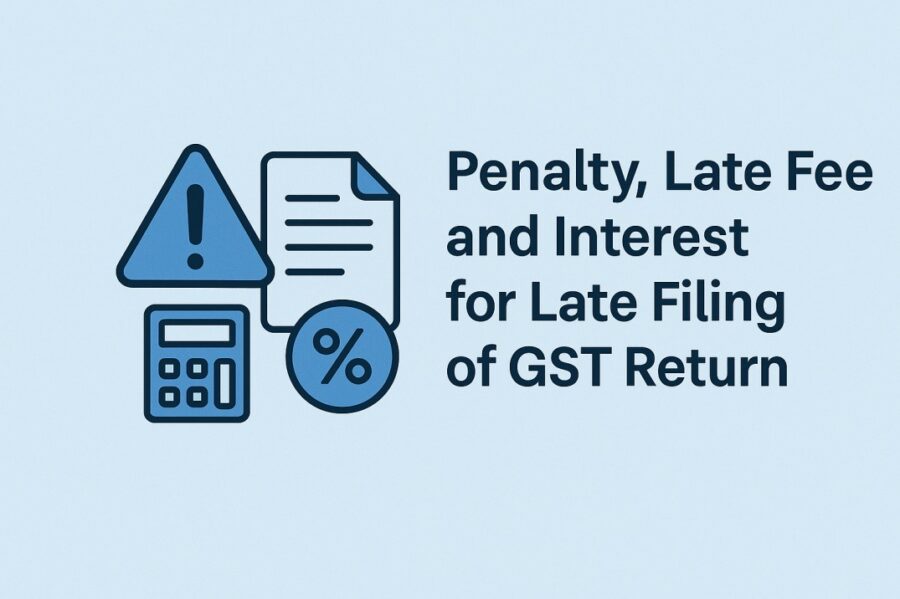
Delayed filing of GST returns attracts interest and late fees as follows:
● Interest is charged at 18% per annum on the taxable amount from the due date of return filing till the date it is paid.
● Late fee applies at the rate of ₹100 per day, each for CGST and SGST (Central Goods and Services Tax and State Goods and Services Tax).
● The total late fee chargeable per day is ₹200.
● The maximum late fee chargeable is ₹5,000.
Revised Maximum Late Fee from 2021:
Here is the revised late fee chargeable:
● Nil Central Tax applicable with a maximum cap of ₹250
● For turnover up to ₹1.5 crore, the maximum limit is ₹1,000.
● If the turnover is between ₹1.5 crore and ₹5 crore, the maximum limit of the late fee is ₹2,500.
Documents Required for GST Return Filing
You need the following documents to file GST returns:
● Invoices for B2B and B2C, including information pertaining to the type of invoice, invoice number and date, place of supply, taxable value, IGST, CGST and SGST rates, GST cess (if applicable) and mentions for the reverse charge mechanism
● For B2C invoices over ₹2.5 lakh, details such as invoice date and number, total value, applicable GST rates and tax value, place of supply, and summary of intra-state and inter-state sales are required.
● In the case of export invoices, you need the customer's GSTIN, port code, invoice, shipping bill number and date, taxable value and applicable GST rate.
● Additional details such as the HSN code (harmonised System of Nomenclature), UQC (Unit Quantity Code), description, total quantity, values and applicable GST amount are required.
● Summary of debit and credit notes, amendments made during the concerned tax period, advance receipts, consolidated details of intra-state sales and inter-state sales based on GST rates and e-commerce transactions.
Conclusion
To answer what is GST return, it can be simplified as an official document that entails details of transactions pertaining to inward and outward supplies and applicable GST. Ensure you file the necessary return within the due date in the appropriate process to avoid paying additional interest and late filing fees.
💡If you want to streamline your payment and make GST payments via credit, debit card or UPI, consider using the PICE App. Explore the PICE App today and take your business to new heights.










